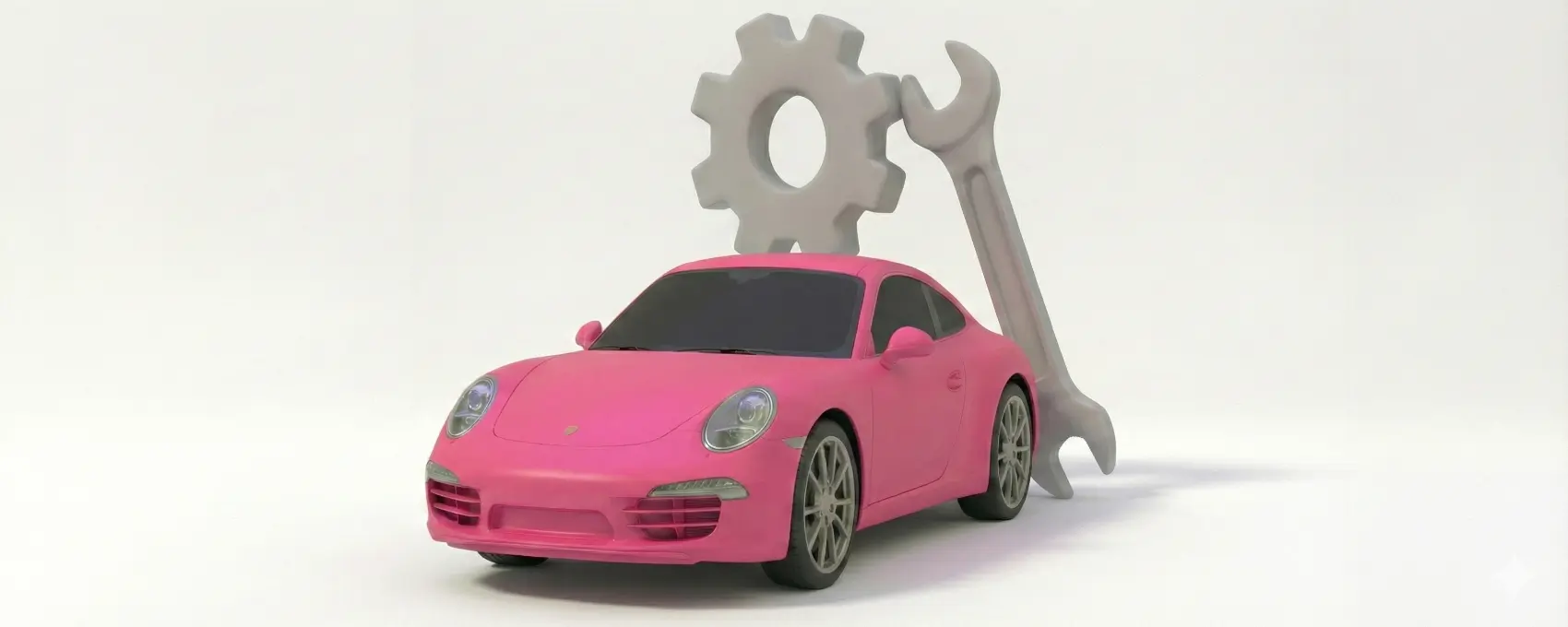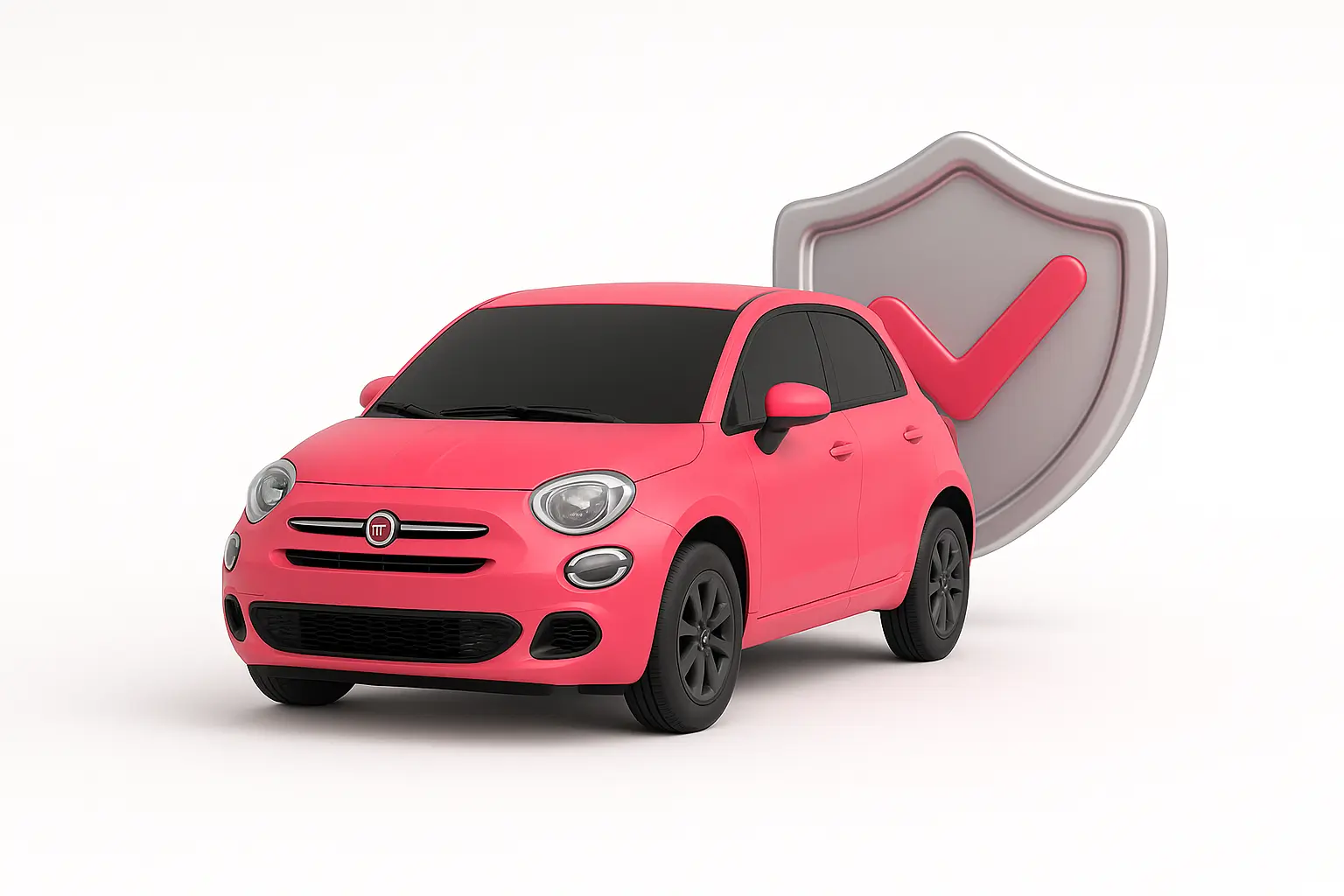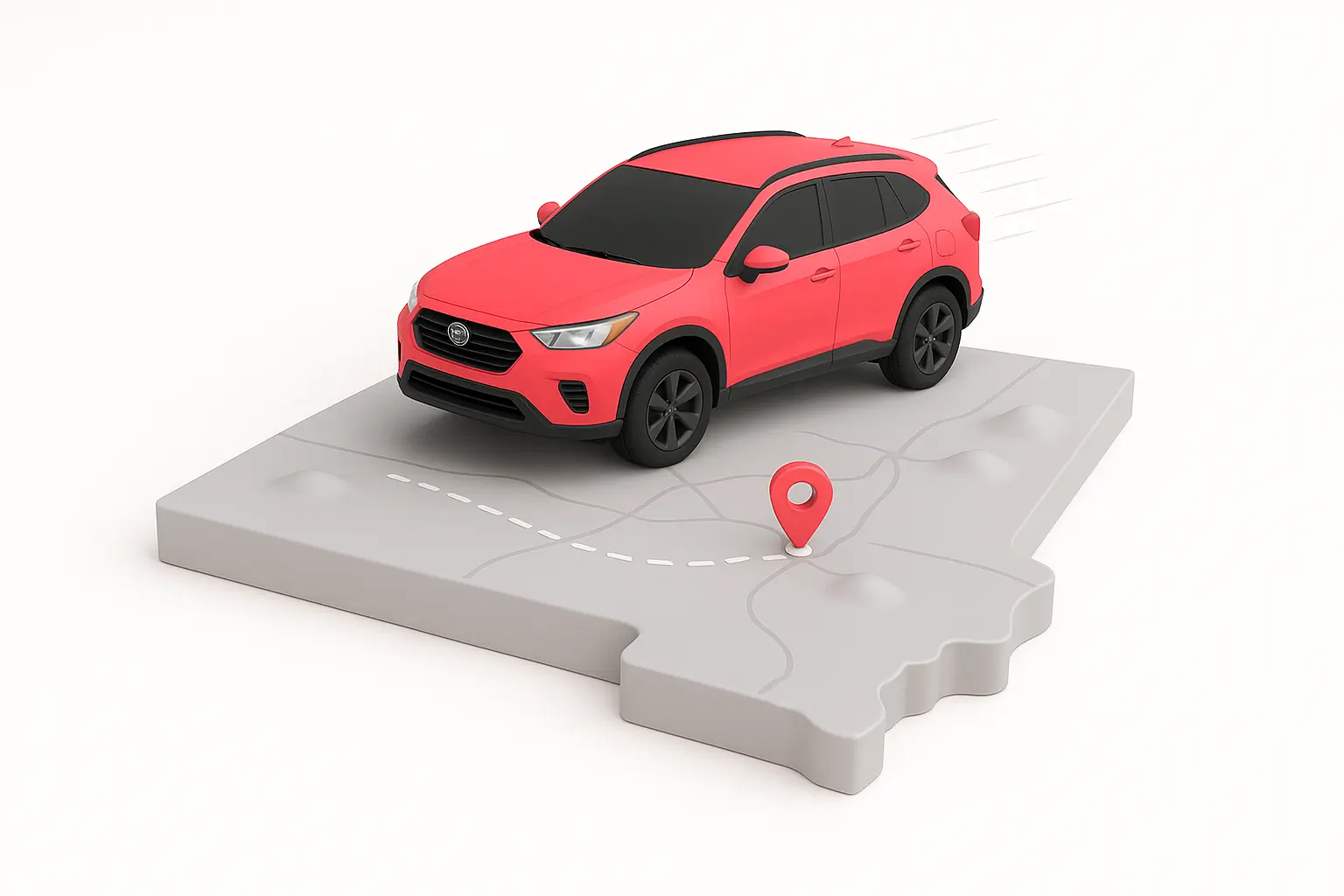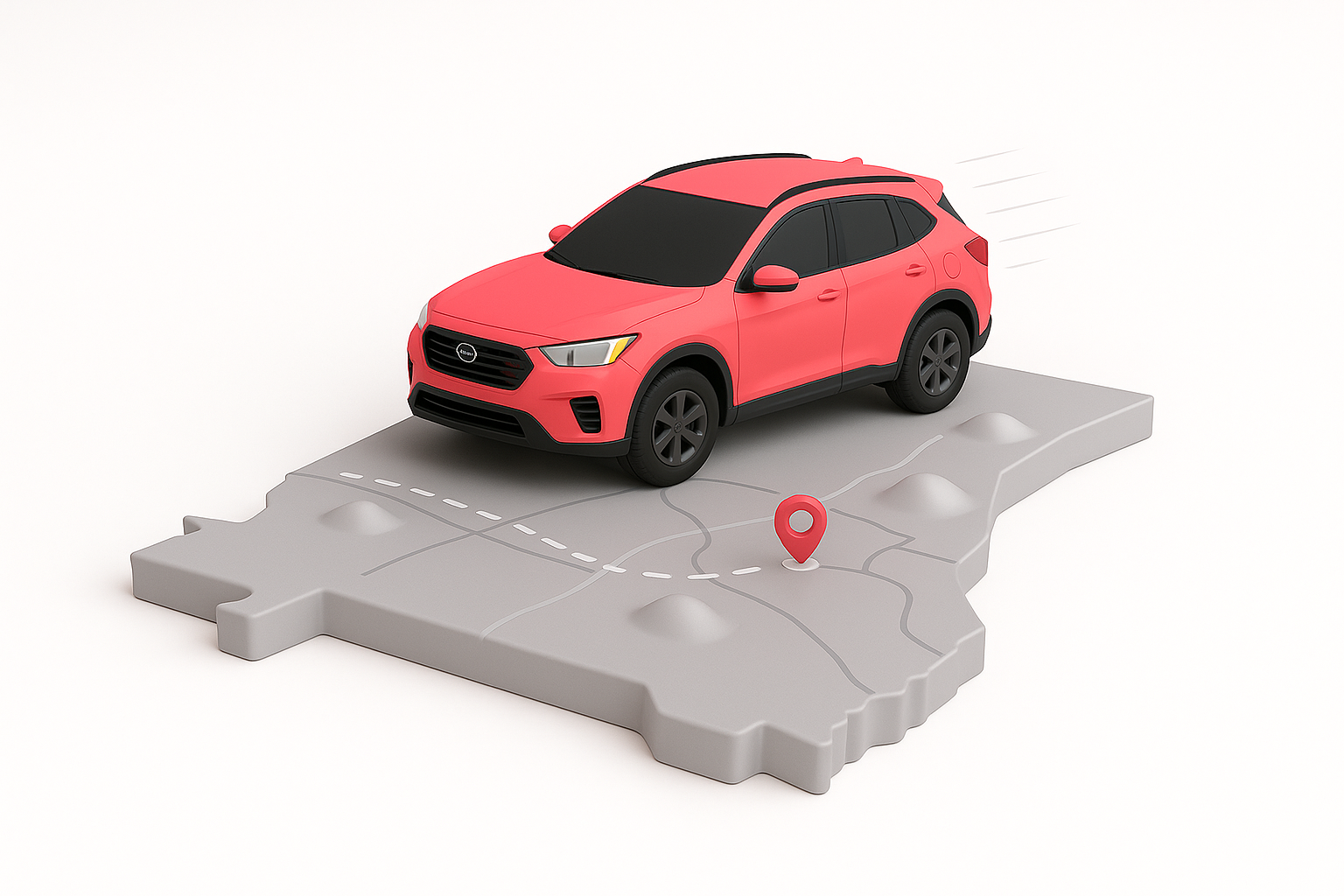The five most common Porsche issues are oil leaks/air oil separator (AOS) failures, ignition coil and plug misfires, coolant pipe or thermostat housing leaks, IMS bearing risk on 1997–2008 flat-sixes, and AWD transfer case shudder. This reflects what we’re seeing after helping 40,000 drivers across the U.S. manage repairs and maintenance, combined with current shop-quote and repair-price data matched to year, mileage, ZIP, and shop type.
If you want local ranges for your car, enter your year/trim and ZIP in Jerry.
Real customers Jerry helped
While pricing can vary based on factors like location, parts used, and exact vehicle, Jerry uses real customer experiences to minimize guesswork. Here are a few customer examples:
Estimates are modeled based on real vehicle and location data; names have been changed. Actual prices will vary by shop, parts, and vehicle condition.
Model-year & trim cheat sheet (scannable)
Quick checks for the top issues above (no special tools)
Jerry customers are completing a few quick checks to identify their car’s condition:
- Coolant drops with sweet smell and pink crust near tank or pipes: On a cold engine, inspect the expansion tank seam and underbody for pink/white residue. Squeeze upper hose gently; any hissing or wetness suggests a leak.
- Check Engine Light with rough idle or misfire, worse when damp: Look for cracked coil pack boots and listen for ticking arcs in the dark. After rain, note a rougher start—classic coil sign.
- Blue smoke on startup, whistle at oil cap, rising oil use: With the engine idling, remove the oil cap—excessive suction or stalling points to a failed AOS. Brief blue puff at cold start strengthens the case.
- Low‑speed shudder or binding on light throttle in AWD SUVs: In an empty lot, drive slow circles and light throttle straight-line launches. Any binding or shudder you can repeat warm suggests transfer case wear.
- Rattle near bellhousing and metal in oil; 1997–2008 flat‑six: Listen near the transmission for irregular rumble at idle. Review service records for an IMS retrofit; absence is a caution flag.

Maintenance that reduces risk for these issues
Jerry customers are following the proactive basics to curb Porsche pain points: fresh oil protects intermediate shaft (IMS) and bores, ignition service prevents misfires, and cooling-system upkeep halts leaks before they snowball.
- Engine oil and filter every 5,000–7,500 miles with Porsche‑approved oil; shorter if high heat or track days. Helps AOS, IMS, and bore scoring risk.
- Coolant flush every 5 years/60,000 miles; inspect tanks, tees, and pipes annually.
- Spark plugs every 40,000–60,000 miles; inspect/replace coils as needed. Keeps DI engines smoother and cats happier.
- Brake fluid every 2 years. Moisture control protects ABS components and maintains pedal feel.
- Fueling/EVAP habits: Tighten the gas cap until it clicks; avoid topping off. Occasional highway pulls help keep DI systems cleaner.
If history’s unknown, baseline at 60k/90k/120k miles. Bundle work where labor overlaps (e.g., clutch+IMS, water pump+thermostat). Documented maintenance can merit a small premium when buying or selling.
When to stop driving (to avoid bigger bills)
If you’re unsure whether it’s safe, pull over and call a mechanic or tow; new warning lights, severe new noises or smells, or fluids pouring out are all “stop now” signals. Here are common situations where Jerry customers are stopping immediately, which is the right move:
- Coolant temperature warning, overheating, or “low coolant—stop vehicle” messages.
- Flashing Check Engine Light with power loss or harsh vibration.
- Brake warning lights, soft pedal, or grinding noises that worsen rapidly.
- Red oil‑pressure light or loud new knocking/tapping from the engine.
If you’re using the Jerry app, you can run a quick triage in Diagnose before you tow and then compare local price ranges for the likely repair.
What our customers are asking us
-
My oil level drops between changes—should I use a thicker oil?
-
Will an EVAP code make me fail emissions?
-
Am I overpaying for an IMS retrofit on my 996/Boxster?
-
Do I need OEM parts on a Porsche, or are aftermarket okay?
-
When should I service my PDK, and what does it cost?

Steve Kaleff began working on cars at the very young age of nine years old, when his dad actually let him make fixes on the family car. Fast forward to the beginning of a professional career working at independent repair shops and then transitioning to new car dealerships. His experience was with Mercedes-Benz, where Steve was a technician for ten years, four of those years solving problems that no one could or wanted to fix. He moved up to shop foreman and then service manager for 15 years. There have been tremendous changes in automotive technology since Steve started his professional career, so here’s looking forward to an electric future!

Nick Wilson is an editor, writer, and instructor across various subjects. His past experience includes writing and editorial projects in technical, popular, and academic settings, and he has taught humanities courses to countless students in the college classroom. In his free time, he pursues academic research, works on his own writing projects, and enjoys the ordered chaos of life with his wife and kids.









